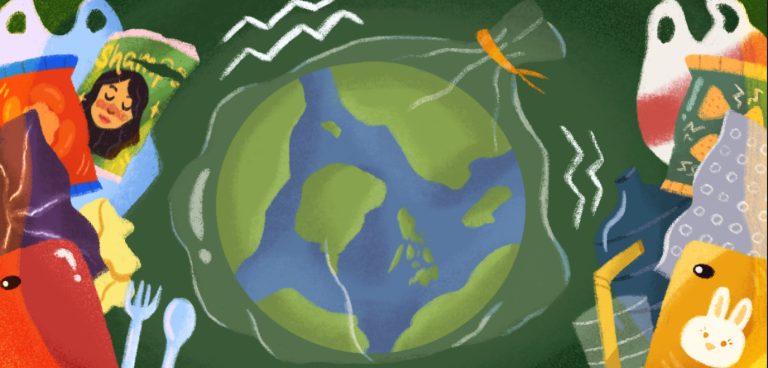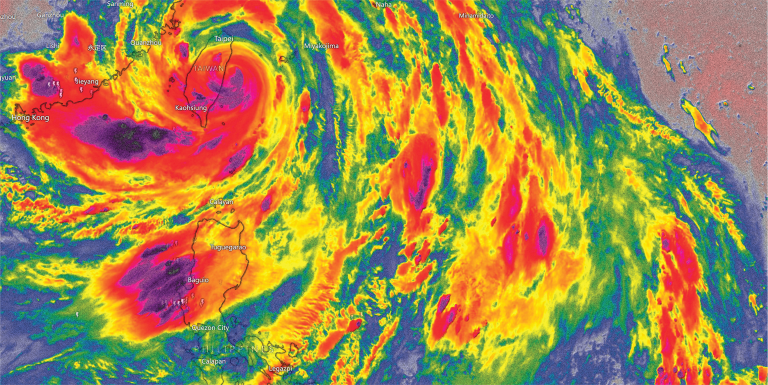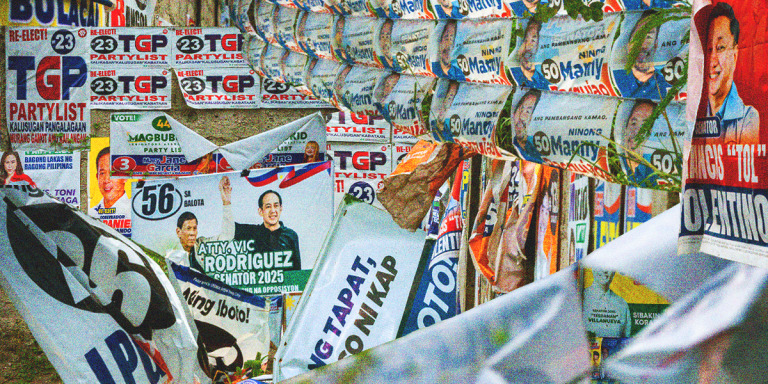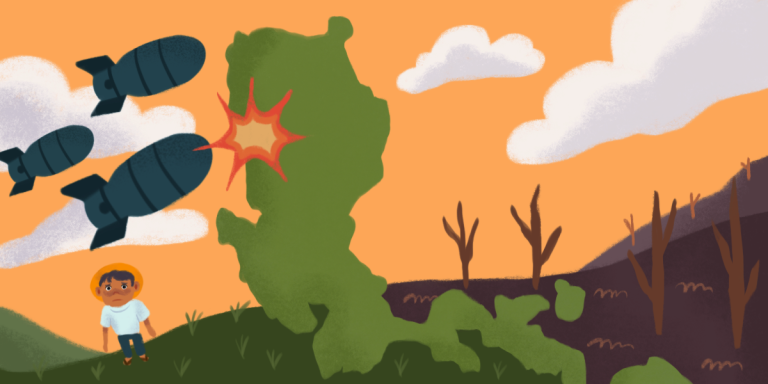Project Kalikhasaan leads the struggle against nature blindness in the Philippines
Project Kalikhasaan is working toward the creation of a nature journal that will guide users in the reflection of people’s role and place in the ecosystem to build a community for environmental action and advocacy.
Stuck in our nine to fives in the city, we often dream about escaping the concrete jungle; of a life outside the hustle and bustle. But when we take a pause, there is much of nature to be seen around us—even without having to take a bus out of town. This is exactly what Project Kalikhasaan seeks to remind us.
Rooted in interrelatedness
Project Kalikhasaan is a team of three educators and science communicators currently taking their Sandbox residency in Areté Ateneo. In this residency, the team is working toward the creation of a nature journal to ultimately challenge two dichotomies: the human and environment, and the science and humanities. At its very core, Project Kalikhasaan stands on its beliefs that humans are part of the environment rather than separate from it, and that science and the humanities can intertwine, especially in ecology.
Their objectives are founded on the concern that humans are largely unaware of nature around them. Notice that they use the term nature instead of just plants. Inspired by the definition of ecosystems, Project Kalikhasaan espouses an operational definition of nature as “everything and everywhere that there is interaction of living and non-living things.” The nature journal is then envisioned to address nature blindness and prompt reflection on people’s role and place in the ecosystem. After all, as the late great Filipino botanist Leonard Co put it, the team quotes, “You cannot protect what you don’t know.”
The deeper objective of it all is to be able to make environmental action and advocacy easier to connect with. “Ultimately, in doing this, we hope people can recognize that it is not only an ecological act but a deeply human one, where when we learn to recognize that we are part of a whole, we do not distance ourselves from the very system that sustains us,” the team explains.
“More importantly, by making the experience a shared one, we hope to build communities. In this manner, we hope to be a gateway for their future environmental action and advocacy that extends beyond the city,” they add.
What sets the team apart from other environmental advocacy groups is their approach. To tackle the complexities of ecology, Project Kalikhasaan uses arts-based reflection to turn what is technical into accessible and relatable personal realities through both visual and literary arts, acknowledging the interdisciplinary approach that is needed to address the real-world issues surrounding ecology and sustainability.
In bloom
As part of their Experience-Reflection-Action Framework, the team has been conducting various activities to help in the creation of their nature journal. Among these are the #FindNatureInTheCity Campaign on social media, “Kalikhasaan sa La Mesa: Nature Walk x Art and Poetry Workshop,” and another poetry and arts workshop for the 2025 Annual Conference of the ASEAN University Network on Ecological Education and Culture at the Ateneo de Manila University with the theme, “Current Responses and Actions in Climate Change Education.”
In these activities, they encourage attendees to use the language that they are most comfortable in, resulting in more visceral reflections from their attendees. One of their workshop prompts is a discussion on a traditional short form of Tagalog poetry called tanaga. Tanaga is used to introduce ecopoetry as a genre, “given that it heavily relies on masterfully using metaphors that are keenly aware of and responsive to nature.” “Attendees seem to enjoy this poetry form, especially because of the rhyme and meter scheme that they try to follow,” the team shares.
While the small team struggles in juggling the Project with their personal and professional endeavors outside of their residency, they have achieved impactful feats with the help and support of environmental groups such as the Forest Foundation Philippines. Local artists have also shown their support, including Cynthia Arre, Veronica Cosio, Mairah Daphne of Dudayism, Janine of Kaligrapiya by Jell, and Paulina of Suffnirain. The Sandbox Program has accommodated their grant, as well as logistical and publicity concerns, and have arranged workshops that can help their Project.
The team still has a long way to go, but their message is clear: there is nature all around us if we know where to look, and that nature, as part of our identity, is one we must protect. As conservation psychologist Susan Clayton put it, an environmental identity is “one part of the way in which people form their self-concept.”
Now more than ever, with the glaring problem of improper flood control in our cities, this is a message we must resonate with as Filipinos. To cherish nature the same way it sustains us is a collective undertaking, so we must demand for action and accountability from those in power.








